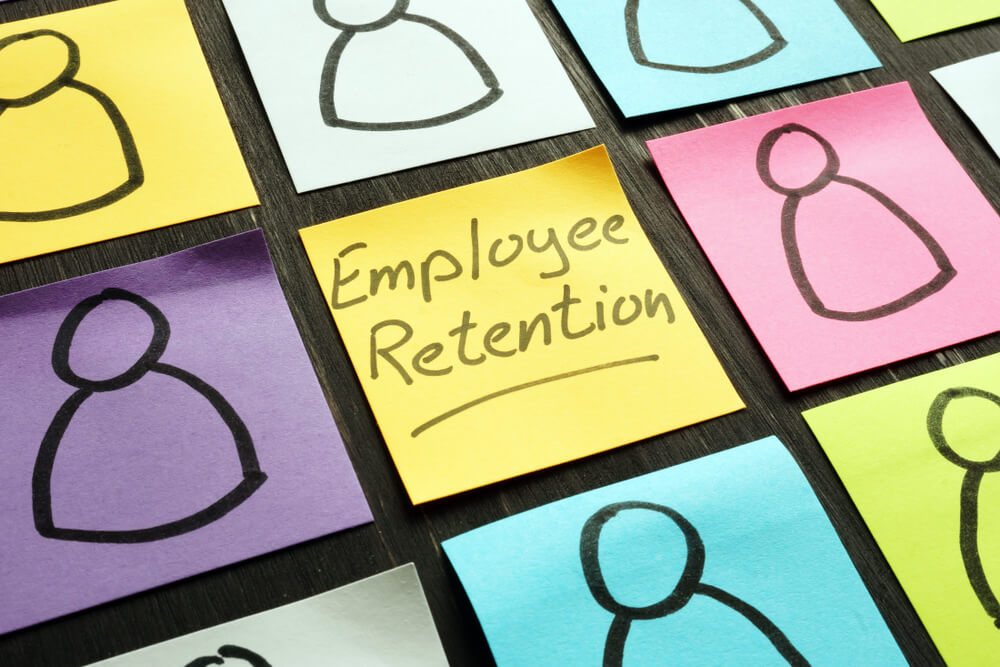Contrary to popular belief, the trends behind the Great Resignation did not begin with the spread of COVID-19. Instead, the Pandemic exacerbated several underlying factors, leading to the unprecedented surge of voluntary turnover experienced during the Great Resignation.
Employees are taking a step back to evaluate their worth and satisfaction at the workplace. As a result, employee retention during the Great Resignation depends on whether employers understand what is driving employees to quit.
What is Driving the Great Resignation?
The Covid-19 Pandemic gave people across the globe a chance to reevaluate their lifestyle, and in particular, their work-life balance. Employees who spent long hours commuting and working late in the office have now experienced a new type of working environment that allows them to spend more time with their families and be more flexible.
The Harvard Business Review found five major causes that the COVID-19 Pandemic exacerbated. They include:
- Retirement: Online surveys and academic research suggests that the Great Resignation is better understood as the Great Retirement. This is because this period saw many older employees quit their jobs at a much younger age than before. This group opted to spend more time with their families, focus on other priorities outside of work, and reduce the risk of contracting COVID-19.
- Relocation: Relocation is not a major cause exacerbated by the COVID-19 Pandemic because the relocation rate has been the lowest it has ever been in the past 80 years. However, those who had relocated for work remained in their current areas as they avoided relocating to different states, even if their jobs demanded them to do so.
- Reconsideration: The Pandemic's records of numerous fatalities and severe sickness led many employees to rethink the importance of their work. As a result, those who experienced burnout, which interfered with their capacity to care for their families, ended up resigning from their jobs.
- Reshuffling: The Great Resignation has also experienced plenty of reshuffling when employees move to different employers within the same sector or even other industries in search of better wages. Employees are willing to leave one job and get another in the same industry, provided it has better benefits and higher compensation.
- Reluctance: The Pandemic made many employees feel reluctant to return to work for fear of getting the virus. Thus, they opted to work from home to reduce the risk of getting sick.
What Reasons Do Employees Give For Quitting?
The 2022 Great Attrition Report 2.0 by McKinsey found that 40% of the 13,382 employees in their survey were interested in resigning from their current jobs. Among the top reasons given for quitting their jobs (in descending order) include:
- Limited career advancement opportunities
- Inadequate total compensation
- A culture of uninspiring and uncaring leaders
- Lack of meaningful work
- Unsupportive and unreliable work environment
- Lack of flexible working hours
- Geographical ties and travel needs
- Unwelcoming and non-inclusive community
- Limited support for general health and well-being
- Dangerous work environment
7 Ways To Increase Employee Retention During the Great Resignation
Many organizations should seek strategies to enhance employee retention during the Great Resignation. Below are seven ways to help you retain the top talent in your company.
1. Gather Data on Employee Sentiments
Employers have to understand the needs and complaints of their employees. This often involves gathering data and employee sentiments about what is driving turnover in the company. In turn, employers must use this data to customize their workforce strategy to meet the unique needs of their employees. This will also go a long way in creating a bond between management executives and staff members, as employees will feel that their voice is essential in the organization.
2. Increase Flexibility to Decrease Burnout
Implementing flexible work schedules goes a long way in retaining top talent in your company. Burnout caused by working in high-pressure environments is a leading cause of high employee turnover rates. Research by PwC found that enhancing flexibility at work by either implementing a hybrid or remote work environment is among the top retention tools as it aids employees in supporting their mental health and improving their work-life balance.
3. Invest in Leadership Development
One of the leading causes of voluntary attrition, besides job growth and pay rates, is poor management. Investing in management training that helps managers break negative habits and develop soft skills like active listening and empathy can help create a better employee experience.
4. Keep Employees Engaged
Your company's success depends on keeping your best employees engaged. Employers can do this by encouraging a strong company culture that reinforces positive values and boosts employee morale. This could be through employee recognition, creating a mentoring program, or providing continuous support and training to your employees.
5. Make Work Meaningful
Employees are happier working at meaningful jobs rather than those that simply pay the bills. They want to feel fulfilled and satisfied at their place of work. Employers need to connect employee tasks and business success. The company should also have a mission statement that ties the business' success to larger causes. For instance, many employees feel more fulfilled when involved with community development initiatives.
6. Embed Inclusivity into Your Culture
An inclusive work environment is another vital factor that employees consider when choosing an ideal workplace. Employees want to feel included in making decisions in their place of work, regardless of their position.
Managing executives must be educated on fostering an inclusive workplace culture where everybody feels their voice is crucial to the company. From including a culture of inclusivity at onboarding to increasing diverse opportunities for engagement, there are many ways employers can embed inclusivity in their company culture.
7. Improve Your Benefits Package
Employers can reduce turnover by offering a competitive employee benefits package at low costs. This is possible when you partner with a professional employer organization (PEO), which will help you get better and more affordable health plans than you could purchase by yourself.
There are many ways to retain your employees during the Great Resignation. However, you must ensure that your management executives are willing to keep your employees engaged and productive. The effort is worthwhile because retaining top talent leads to excellent performance, productivity, and cost savings.



